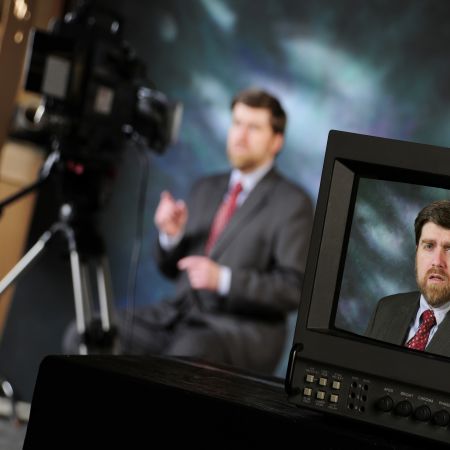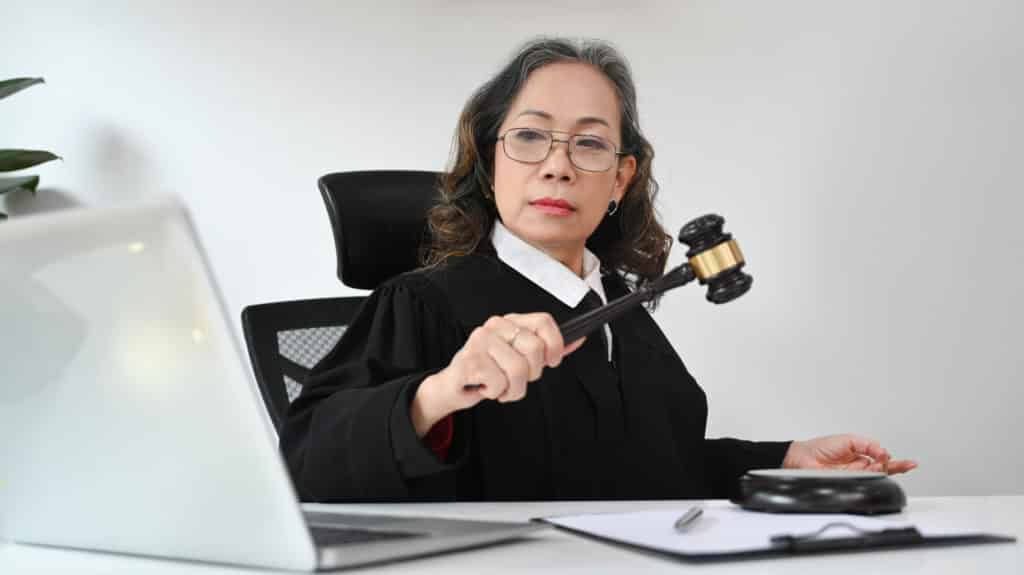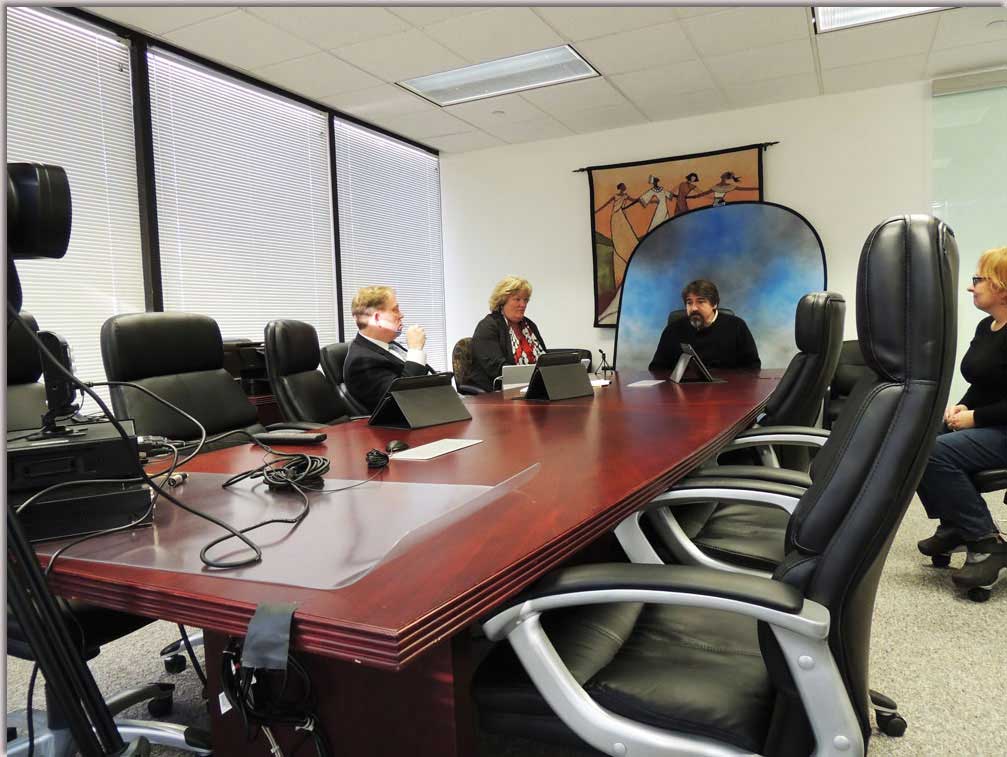How Legal Videography Can Make or Break Your Legal Approach
How Legal Videography Can Make or Break Your Legal Approach
Blog Article
Exploring the Mechanisms of Legal Videography: Unveiling Its Operation in Shielding Authentic Visual Statement for Judicial Procedures
In the world of judicial proceedings, the function of legal videography stands as a keystone in preserving and providing visual evidence. As innovation continues to advancement, the systems behind lawful videography have come to be progressively complex, providing a crucial layer of credibility to testaments captured on video.
Historic Development of Legal Videography
Examining the historical progression of lawful videography discloses a significant makeover in the catching and presentation of visual proof within the lawful landscape. In the past, legal process heavily counted on written photographs and records to document occasions and give proof. Nevertheless, with the introduction of video clip technology, the legal sector witnessed a paradigm change in exactly how aesthetic testimony was caught and offered.
The evolution of legal videography can be traced back to the late 20th century when developments in video clip recording devices made it much more obtainable for usage in courtrooms. This technological development not only enhanced the accuracy and reliability of aesthetic evidence yet also reinvented the method instances were presented to discretionary (Legal Videography). Attorneys started to recognize the convincing power of video clip recordings in conveying feelings, nuances, and non-verbal hints that created records or pictures alone can not record properly

Innovation Innovations in Video Clip Paperwork
What crucial technological advancements have changed video paperwork in the lawful field? The legal area has seen substantial developments in video documentation technology that have actually improved the authenticity and dependability of visual proof in judicial proceedings. One of the key improvements is high-def (HD) video clip recording capabilities, which supply crystal-clear images and sharp information that are vital for accurately catching testaments, face expressions, and other visual hints. Furthermore, the integration of timestamping and metadata functions in video documents tools has actually made it possible for exact documentation of when and where the video clip was recorded, guaranteeing the integrity of the proof presented in court.
In addition, improvements in video security and watermarking technologies have actually bolstered the safety and tamper-proof nature of video clip proof, guarding it against unauthorized modifications or meddling. The advent of cloud storage remedies and remote accessibility abilities has structured the storage space, access, and sharing of video evidence, promoting seamless partnership among legal professionals and guaranteeing efficient access to crucial visual testaments when required. These technical innovations in video paperwork have actually undoubtedly changed the legal field, boosting the accuracy, reliability, and admissibility of aesthetic proof in judicial proceedings.
Duty of Legal Videographers in Court Setups
The advancement of video clip documents innovation in the lawful field has required a crucial function for legal videographers in court settings, making certain the stability and reliability of aesthetic statements presented during judicial procedures. Legal videographers play a basic role in capturing and protecting accurate visual proof that can be essential in litigation. Their responsibility reaches establishing devices, videotaping procedures, and generating high-quality video clips that accurately mirror the events in the court.
In courtroom settings, legal videographers need to follow rigorous standards and standards to keep the credibility of the aesthetic document. They need to have an eager eye for information and a thorough understanding of lawful treatments to ensure that the video footage they capture is a true depiction of the events that transpired. Additionally, legal videographers commonly function closely with legal teams to make sure that the video proof lines up with the instance's needs and can be successfully provided in court to sustain the legal debates being made. On the whole, the duty of lawful videographers in court room setups is essential in supporting the concepts of justice and making certain the openness of legal procedures.

Ensuring Admissibility and Integrity of Video Proof
To preserve the reputation of visual evidence provided in lawful procedures, making sure the admissibility and integrity of video evidence is a crucial duty for More about the author lawful videographers. Admissibility describes the approval of proof by the court, and for video proof to be acceptable, it should satisfy specific requirements. Lawful videographers play a critical function in ensuring that the video clips they catch follow the regulations of evidence, such as significance, credibility, and integrity.
Integrity of video clip proof includes keeping the creativity and accuracy of the footage from the time it is recorded until it exists in court. This includes safely keeping the video clip data, recording the chain of guardianship, and protecting against any kind of tampering or modifications. Lawful videographers should comply with stringent protocols to assure the stability of the video clip proof and protect against any kind of challenges to its credibility.
Future Trends in Legal Videography
Provided the raising dependence on innovation in lawful proceedings, lawful videographers are positioned to accept innovative developments shaping the future of aesthetic statement capture and presentation. One of the prominent fads coming up is the assimilation of online truth (VR) and augmented truth (AR) modern technologies right into legal videography. These technologies have the prospective to reinvent how visual proof is presented in court rooms, allowing courts and courts to submerse themselves in the scene of the criminal activity or event.
Furthermore, the use of expert system (AI) algorithms for video clip analysis is anticipated to enhance the procedure of evaluating and analyzing large amounts of video clip footage. AI can aid in recognizing vital moments, abnormalities, and patterns within videos, boosting the performance of lawful examinations.

Verdict
In final thought, legal videography has actually played an essential function in supplying authentic visual evidence for judicial proceedings. With technological innovations and the competence of legal videographers, the integrity and admissibility of video clip evidence are made certain in court room settings. As lawful videography continues to advance, it will certainly be crucial to support criteria that keep other the accuracy and reliability of visual testament for the future of lawful procedures.
Taking a look at the historical progression of legal videography reveals a substantial transformation in the recording and discussion of visual evidence within the lawful landscape.The evolution of video documentation modern technology in the legal area has demanded an important role for lawful videographers in court setups, guaranteeing the honesty and reliability of visual statements offered during judicial proceedings. In addition, legal videographers often work very closely with legal teams to ensure that the video clip evidence lines up with the instance's demands and can be properly provided in court to support the legal arguments being made.To maintain the integrity of aesthetic evidence provided in lawful proceedings, guaranteeing the admissibility and honesty of video evidence is a critical duty for lawful videographers. As lawful videography proceeds to develop, it will be vital to promote requirements that keep see this website the precision and integrity of aesthetic statement for the future of lawful proceedings.
Report this page